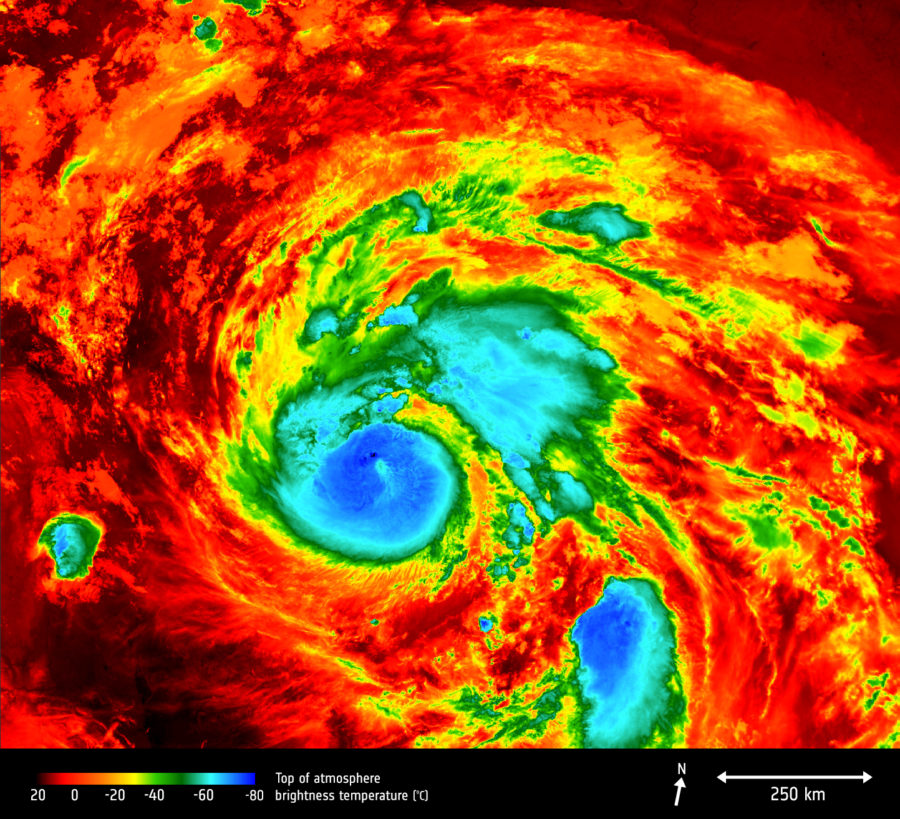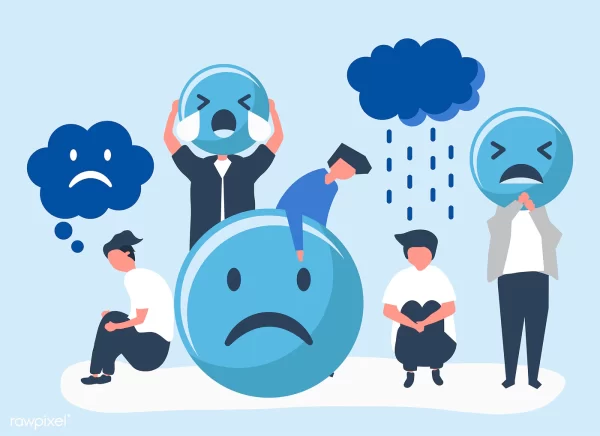Climate Change to Blame for Hurricanes?
November 25, 2017
Harvey, Irma, Jose, and now Maria. These four hurricanes have caught our attention by exceeding a Category 3, causing $200 billion worth of damage, and being responsible for the loss of 103 American lives. But this hurricane season isn’t over. With 50 days remaining, and Hurricane Nate already debuting as a Category 1 on September 7th, we should expect more hurricane activity throughout October and well into November. This is just the beginning.
But what’s going on here? Unlike our previous 2016 season, with only three major hurricanes that exceeded a Category 3 (Matthew, Otto, and Nicole), the National Hurricane Center deemed that the severity of the 2017 hurricanes is alarmingly increasing. And now, we ask ourselves: is this the effect of climate change? Or, is it this another underlying factor, like El Nino, or it’s counterpart, La Nina, causing this destruction? It’s time to dig deeper into this case.
Let’s investigate.
August 17th: Hurricane Harvey Recap
First classified as a tropical storm and five days later as a degenerated storm, hurricane trackers assumed that Harvey would meet its end. But the predictability of this storm changed as it moved closer to the warm waters in the Gulf of Mexico. Going from a degenerated storm to a Category 4 Hurricane was daunting, and warnings for Southeastern Texas were soon under way.
August 30th: Hurricane Irma Recap
Appearing off the coast near Northern Africa, Tropical Storm Irma emerged. But unlike Harvey, Irma intensified to a Category 3 Hurricane only a day later. As Irma travelled across the Atlantic Ocean and overlapped more and more warm waters, it strengthened and transformed from a Category 4 to a Category 5 Hurricane that made landfall on Barbados on September 6th. The impact: devastating. But Irma continued to push on, and this time, into Florida Keys only four days later as a Category 4.
September 5th: Hurricane Jose Recap
Growing from a tropical storm to a Category 3 Hurricane with sustained winds of 155 mph, and its direction travelled north of the Leeward Island according to Hurricane News until it gradually dissipated as it reached south of the New England coast on September 21st.
September 18th: Hurricane Maria Recap
Low wind shear, moist atmosphere, and warm ocean temperatures was the perfect recipe for Maria to intensify from a Category 1 to a Category 5 Hurricane in a matter of a day. According to Hurricane News, Maria made landfall on the Dominica with winds exceeding 160 mph, ripping up homes and lands. As the storm progressed and dropped to a Category 4 Hurricane, it travelled to Yabucoa, Puerto Rico with winds that were at 155 mph.
This past month, we have seen four deadly hurricanes uproot lands and homes, and force families to seek refuge and assistance from charity organizations. With two out of the six months left in this hurricane season, we must examine the factors that contribute to the intensifying storms.
The Atlantic Multidecadal Oscillation or AMO is one of many causes to the increasing storm activity. Every hurricane loves low wind and shear, warm waters. These two requirements are essential for hurricanes to grow from a tropical storm to a Category 1 to a Category 3 or higher storm. But also, CBS notes that a more active West African monsoon season will contribute to the increase severity of hurricanes.
Besides AMO, another possibility includes La Nina. With winter ahead, La Nina’s preparations are affecting this hurricane season. La Nina causes the equatorial waters near the eastern and central pacific waters to cool and fall below the average. This effect leads to more tropical storm activity.
Finally, Hurricane researchers have been analyzing the atmospheric steering mechanisms that affect the location these storms travel. Located over the Atlantic Ocean, an area of subtropical high pressure called “Bermuda High” causes tropical storms and hurricanes to gravitate towards areas of warmer water such as the Caribbean, the Gulf of Mexico, and near southeastern coasts of the United States.
While researchers try to understand and explain why the 2017 hurricane season is conjuring up so many intense storms, it must be recognized that these factors are only potential explanations for the rise in severe hurricanes, they are not definitive. But it is important that we must not ignore the human impact on the hurricane problem. It is evident that climate change is happening. The warming of the planet is happening all around the world: the melting of polar ice caps, the extreme hot summers and freezing winters, the rise in smog in industrialized areas, and the warming of our Atlantic Ocean. And it’s not just American citizens. It’s every person who is contributing to the warming of the planet. Evidently, these climate changes end up leading back to us. And now, we must atone for them.









